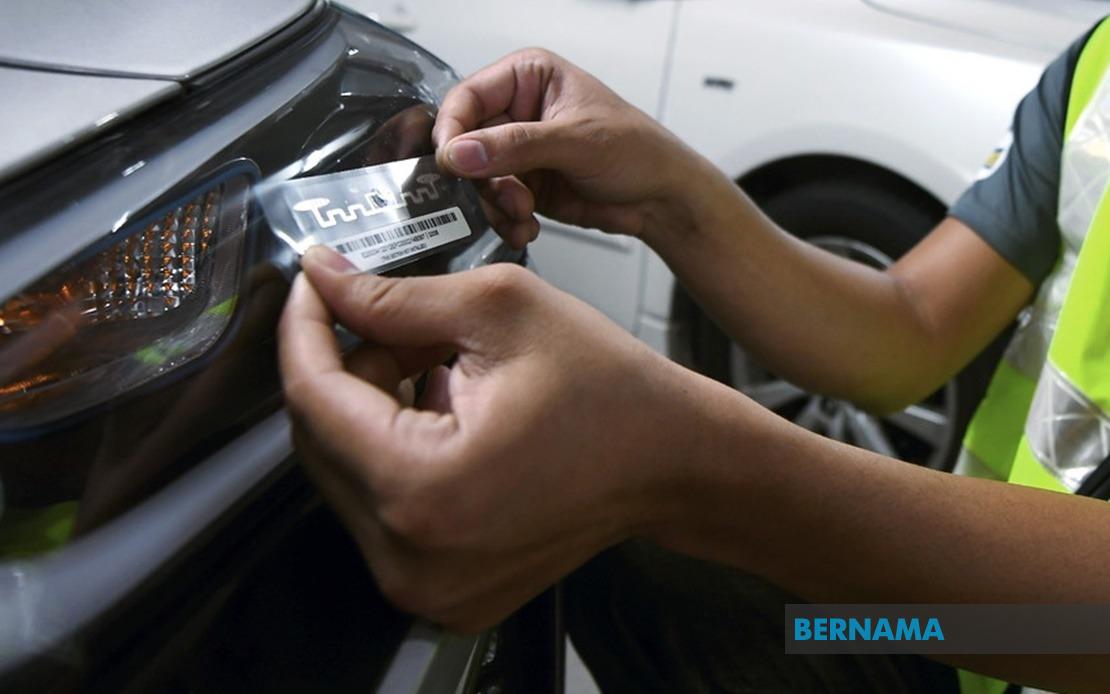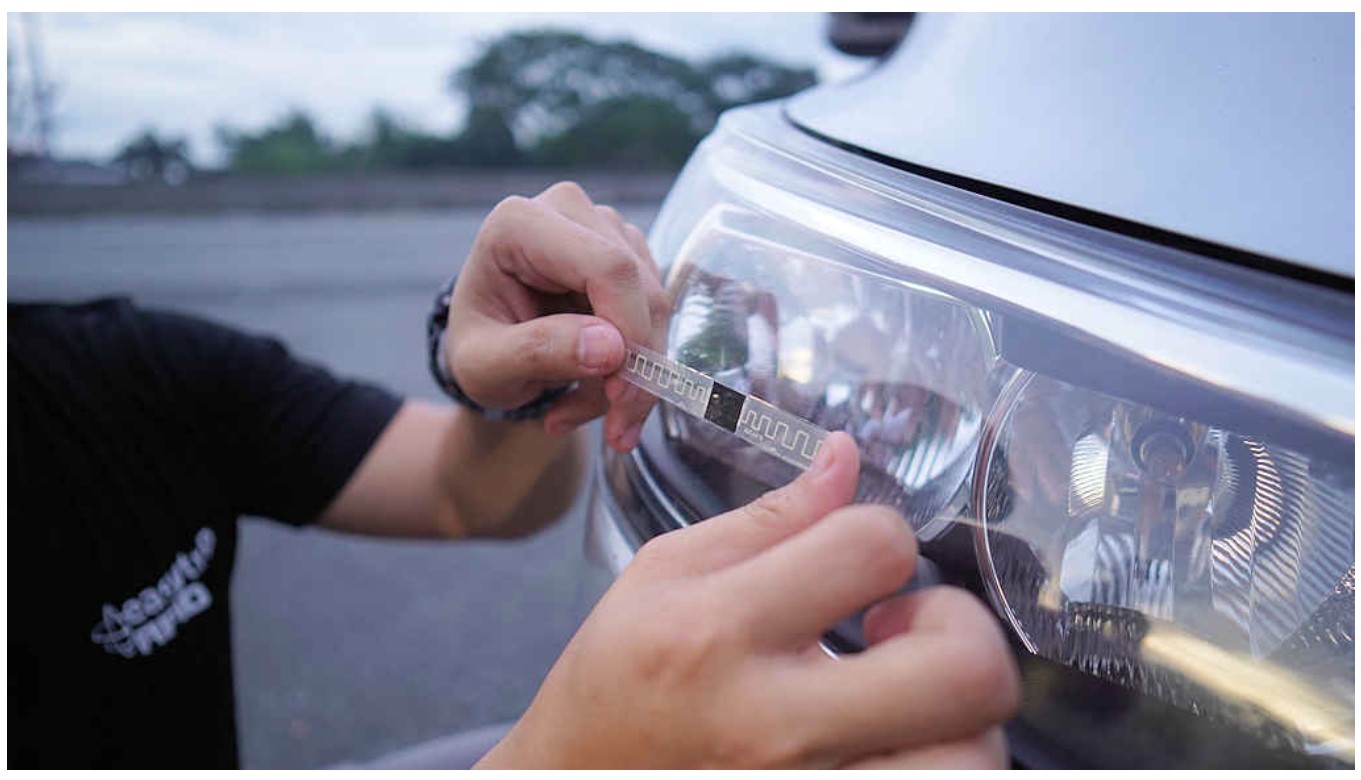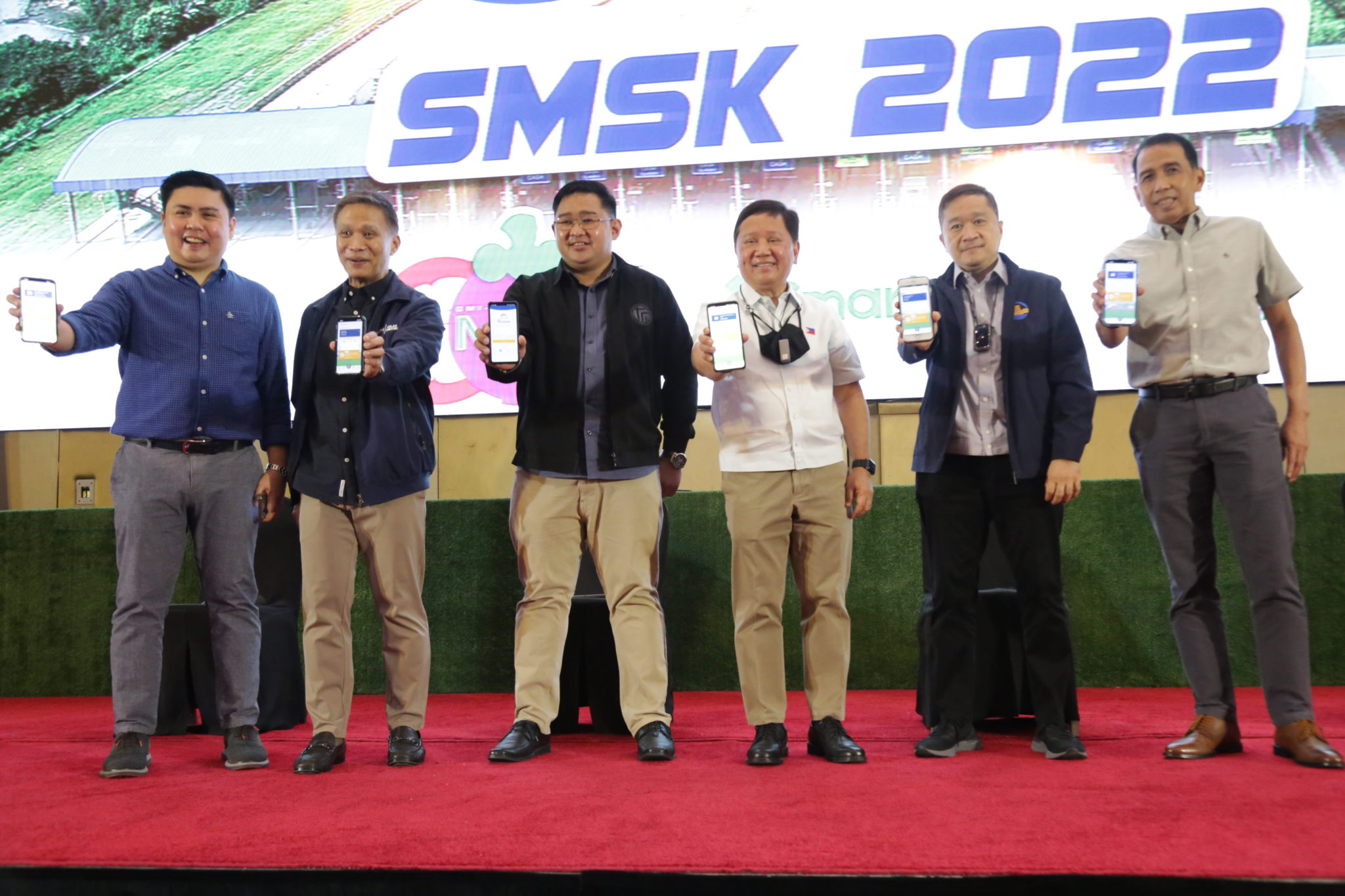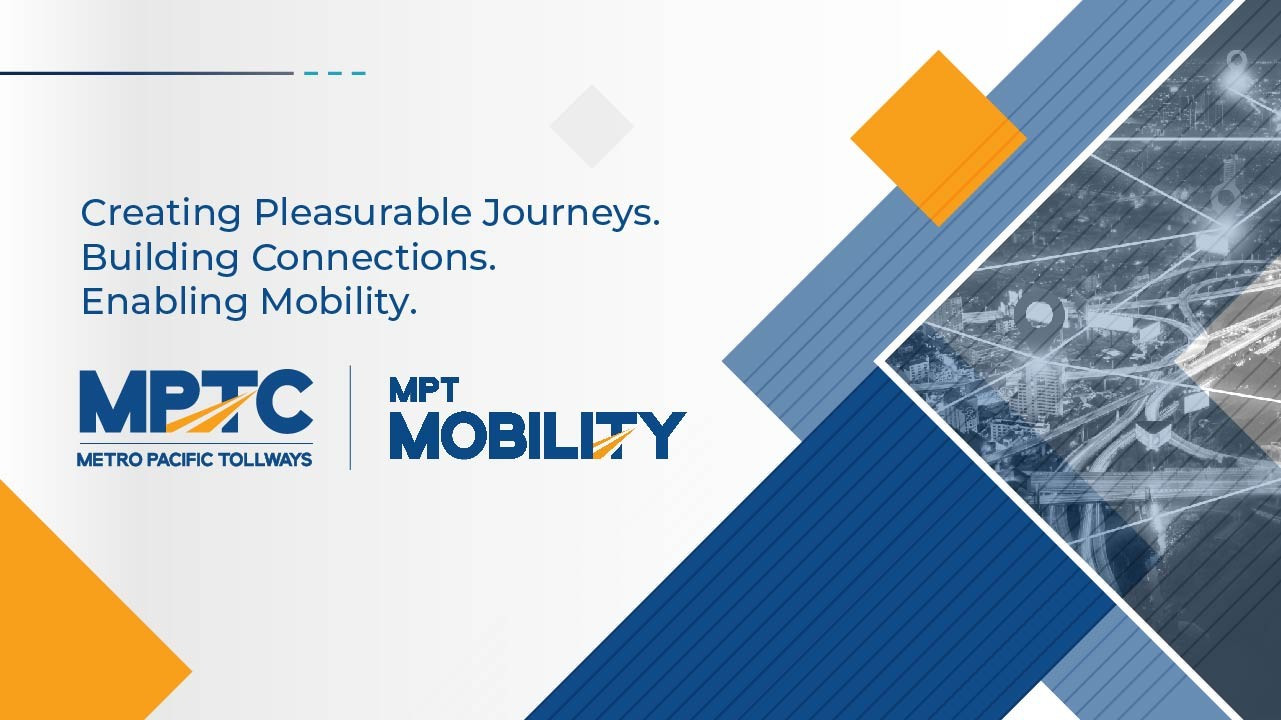FAQ: What is an RFID and how does it work on tollways?

By: Gabriel Pabico Lalu, As seen on https://newsinfo.inquirer.net/1341733/faqs-what-is-an-rfid-and-how-does-it-work-on-tollways?fbclid=IwAR0WLFRcNNCdvYx0J705HxdDwD4Syxi7YiCaZS3slfB-Tw_OEw6NqzD5Xc4, September 30, 2020.
MANILA, Philippines — With the impending shift of tollway systems from cash-based payments at toll plazas to an independent cashless system, many people are confused about how a radio frequency identification, or RFID, works.
The shift was brought about by the Department of Transportation (DOTr) order to the management of all tollways nationwide to adopt an RFID system by Nov. 2 as part of efforts to minimize coronavirus transmissions.
Despite several clarifications, a lot of motorists still worry whether they can still access expressways.
But according to Metro Pacific Tollways chief communication officer Romulo Quimbo, an RFID ticketing system is as simple as a barcode scanner reading a barcode in your car.
Also, he stressed that the system had been in use by a lot of vehicles for a long time.
“‘The RFID is not a device. It’s a sticker. So this sticker you put wherever — windshield. It has no battery. It is really just a sticker. When you pass through a tollgate, there’s a reader, a detector there,” Quimbo, speaking partly in Filipino, told INQUIRER.net in a phone interview on Tuesday.
“The reader will detect if you have an RFID and that RFID will be recognized by the reader,” he added.
Still confused? Do you frequently use MPTC tollways like the North Luzon Expressway (NLEx) and Subic-Clark-Tarlac-Expressway (SCTEx)?
Here are some more questions that you might also have in mind.
How does an RFID work?
First, there are two types of RFIDs — an active and a passive one. If the RFID has no battery and is only read by a scanner — like in most tollway systems — that is a passive RFID. It does not send a signal to the sensor.
Quimbo explained that scanners on Metro Pacific’s toll booths — NLEx, SCTEx, Harbour Link, Cavitex, Cala Expressway — would be able to read RFIDs provided by Easytrip, the partner-agency of Metro Pacific Tollways Corp. (MPTC).
As a car approaches the toll barriers at MPTC’s expressways, RFID scanners read data about what class the vehicle is and its corresponding account, which will tell whether it has a sufficient balance to enter the tollgate.
After the transaction, the barriers will open. The process is significantly quicker than human-to-human transactions that may require counting money and issuing change.
Are Easytrip RFIDs the only ones usable on NLEx and SCTEx?
As of now, only Easytrip RFIDs will work on MPTC tollways.
You will need to buy an Autosweep RFID if you’re using other tollways, particularly those run by the San Miguel Corp. (SMC) — South Luzon Expressway (SLEx), Skyway, STAR Tollway, Naia Expressway (NAIA-X), and Tarlac-Pangasinan-La Union Expressway (TPLEx).
But Quimbo said Metro Pacific Tollways had started testing a mechanism that would allow Easytrip RFID holders and Autosweep RFID users to interchangeably use these stickers in both MPTC and SMC tollways.
This is important since one of the SCTEx and the TPLEx — expressways used by people moving from Manila to the Ilocos Region or the Cordillera Administrative Region — use two different systems: Easytrip for SCTEx, and Autosweep for TPLEx
“We agreed in 2017 that we will do interoperability in phases. Actually the interoperability only requires compatibility… So making them compatible is the long-term objective,” Quimbo said.
“There’s a testing protocol, a technology procedure to do that. So it’s taking time also. Our first step is testing. I think the testing has just started,” he added.
According to Quimbo, it’s possible that a single RFID may have two accounts: one for Easytrip and another for Autosweep, regardless of the source of the sticker.
Would NLEx and other MPTC tollways be fully cashless starting October?
Quimbo said MPTC was gearing up to meet the RFID mandate from the DOTr. However, what would be unavailable starting Oct. 1 are the old Easytrip gadgets — dedicated short-range communication (DSRC) devices that people used for cashless transactions prior to RFIDs.
Even before the rush to avail of RFID stickers, most toll systems were already using cashless transactions to avoid buildup in various toll plazas, as delays in human-to-human transactions are a given.
In 2005, MPTC launched this DSRC device from Easytrip, which is quite similar to an RFID — aside from the fact that it is a device that you can transfer from one car to another.
But even if MPTC switches to a fully RFID toll system, vehicles coming in would not be barred from entering but will be assisted to comply with new RFID applications.
However, not applying ahead of time may mean additional time spent on your trips.
Where can I get an RFID?
RFIDs are available at gasoline stations along MPTC expressways. But due to a surge in RFID applications brought by the DOTr order, several booths were set near the toll plazas to accommodate motorists.
The Toll Regulatory Board has provided a list of RFID application points for both MPTC and SMC Tollways managed expressways: RFID installation sites.
How much do you pay for an RFID installation? Where can you reload?
For MPTC, it’s free of charge. You will just be required to identify yourself and give the plate number of your vehicle to open an account.
You only have to shell out P500 for the initial load, which you can use immediately.
This writer applied for a new RFID sticker in a booth at the Mindanao Avenue exit and was able to use it upon entry. Not considering the queue, it took about five minutes from application to the placement of the sticker.
MPTC lists various banking partners and reloading agencies where you can top up your account before using the RFID stickers again.
I have that Easytrip device. What do I do with that?
Quimbo explained that MPTC decided to phase out the old Easytrip DSRC devices because these gadgets use batteries. They would be useless once the batteries die.
“‘The batteries can’t be replaced. You throw it away once the battery runs out. Number two, as time goes on, the batteries weaken and the device becomes hard to detect. But most importantly, the tag only works in the north. You can’t use that in the south. They can’t be integrated,” Quimbo said.
But what if you still have some load remaining in your old Easytrip account?
Quimbo said motorists could ask Easytrip personnel to transfer the load from their old accounts to their new account.
“It’s not a problem. It’s just account management,” he said.
He noted, however, that Easytrip personnel were somewhat overwhelmed with so many motorists asking for their load to be transferred.
“So it’s a challenge,” he said.
The pointed out that the load would not expire and that you only lose it when you use at the tollgate.
Easytrip can be contacted through its hotline 8555-755 or by visiting www.easytrip.ph
Where should RFIDs be placed?
Unlike previous Easytrip gadgets, RFIDs are permanent and specific to a vehicle, meaning it is not transferable.
According to Quimbo, motorists usually place their sticker on the windshield of their vehicle.
However, the metal material in a windshield tint would hinder the RFID scanner from tracking the sticker.
So some of the stickers are placed on headlights, which have no film over them.
In case of an accident that breaks headlights or windshields broken, RFIDs may be replaced for free at the processing outlets mentioned above.
Can RFIDs on cars be tracked? Should motorists be concerned about privacy?
Quimbo said that MPTC RFIDs had no security concerns, as the system uses a passive mode — meaning the stickers, not having batteries, would not emit any radio signal.
“As I said, the sticker is passive. It will only be detected by the RFID detector at the tollgate,” he said.








